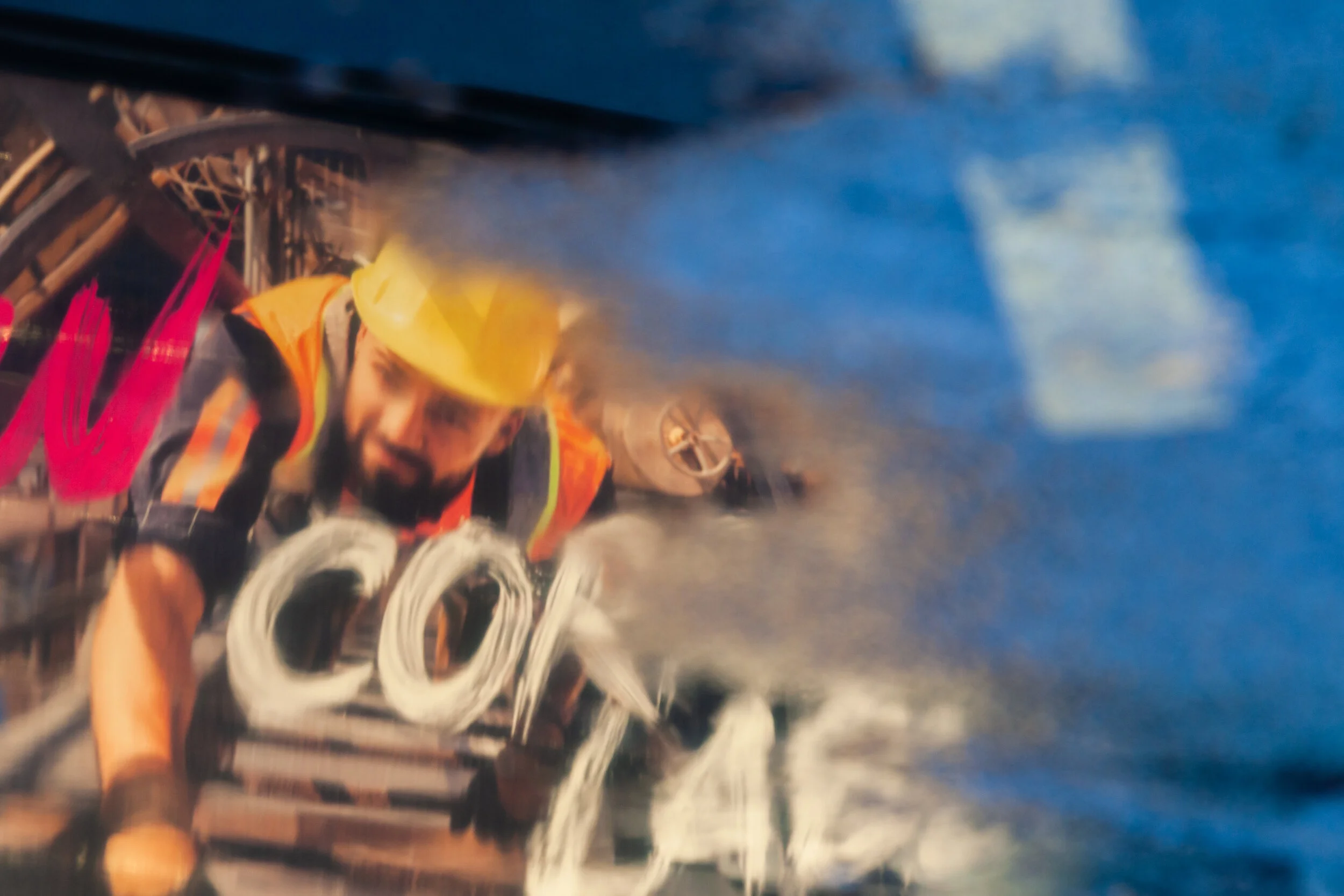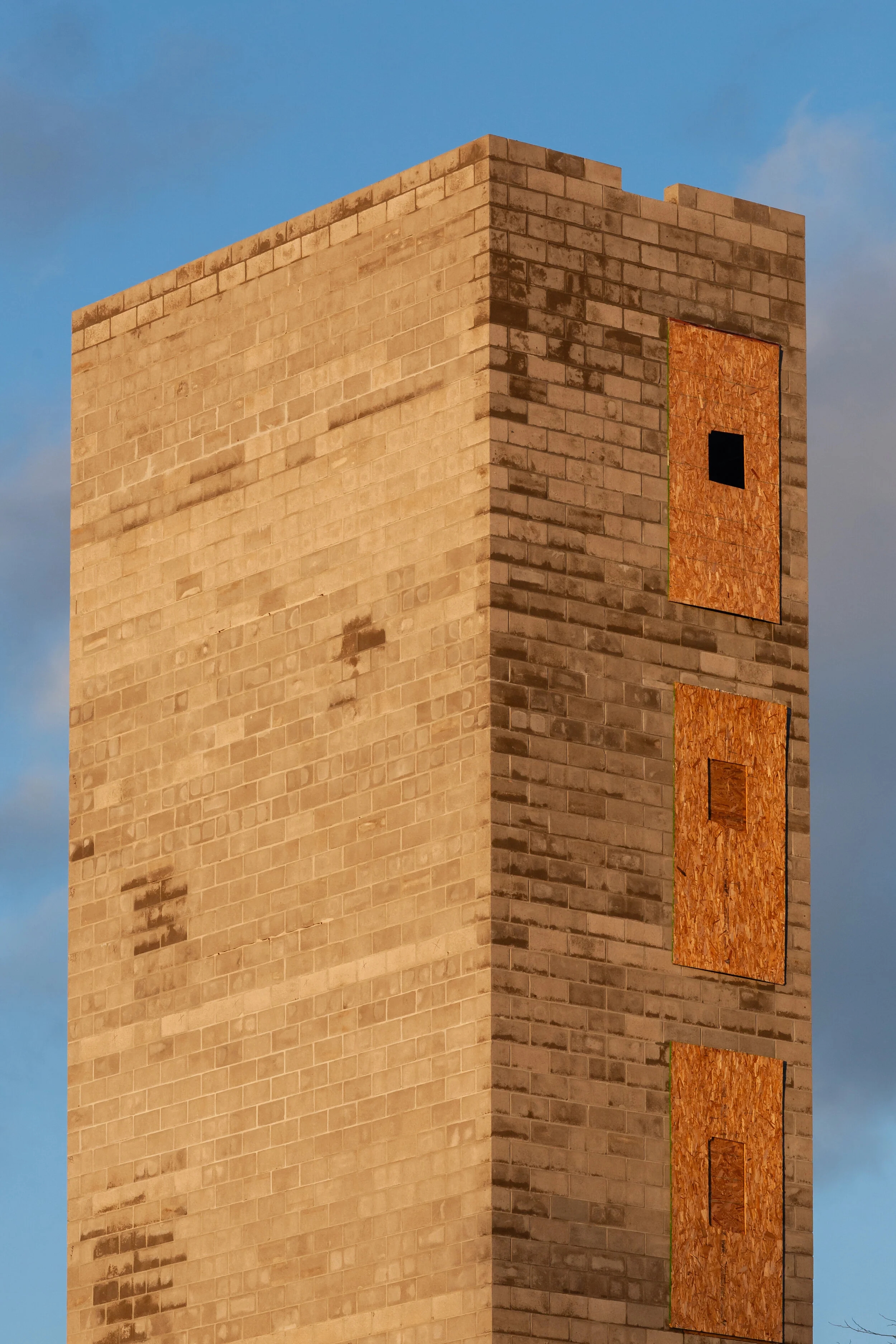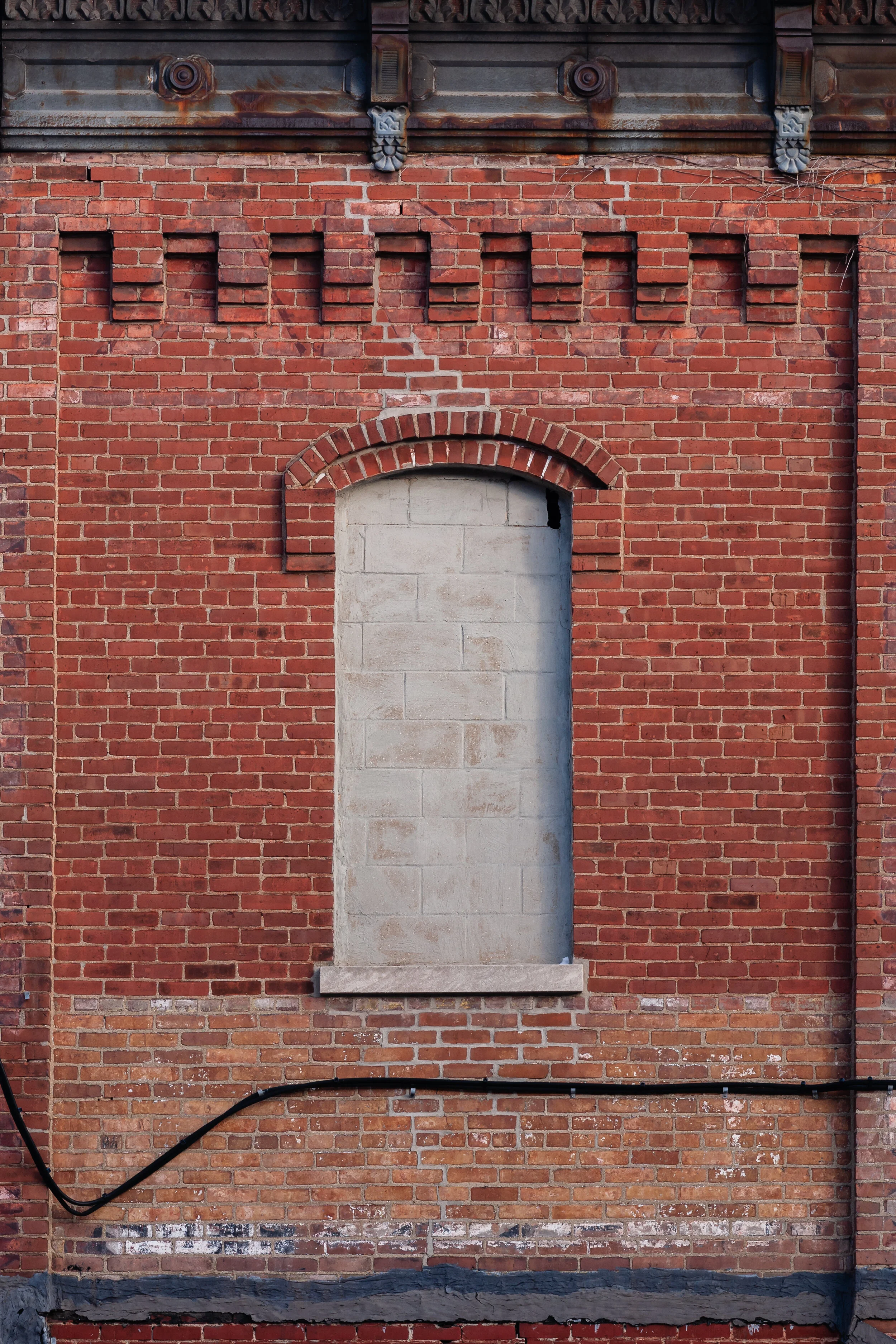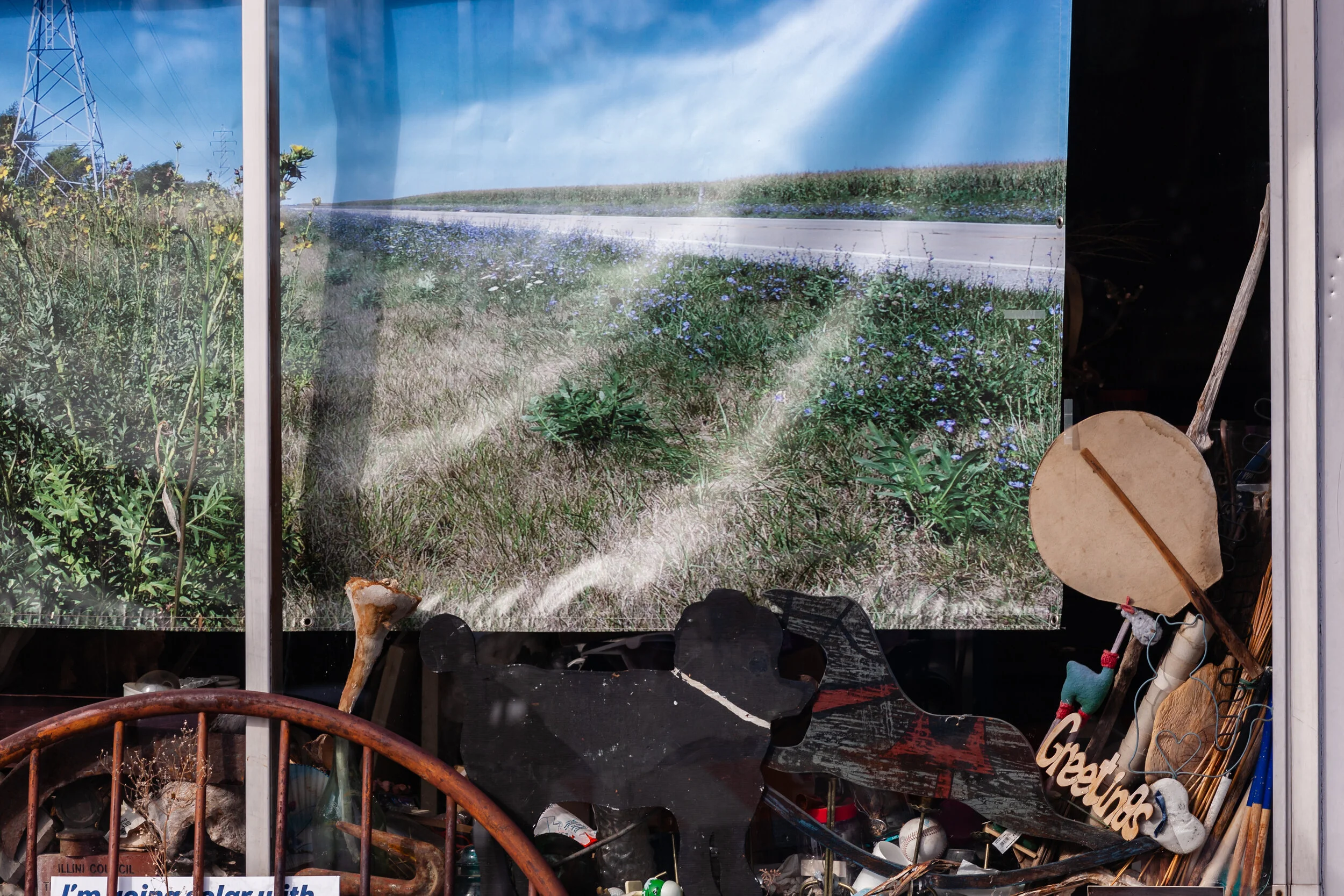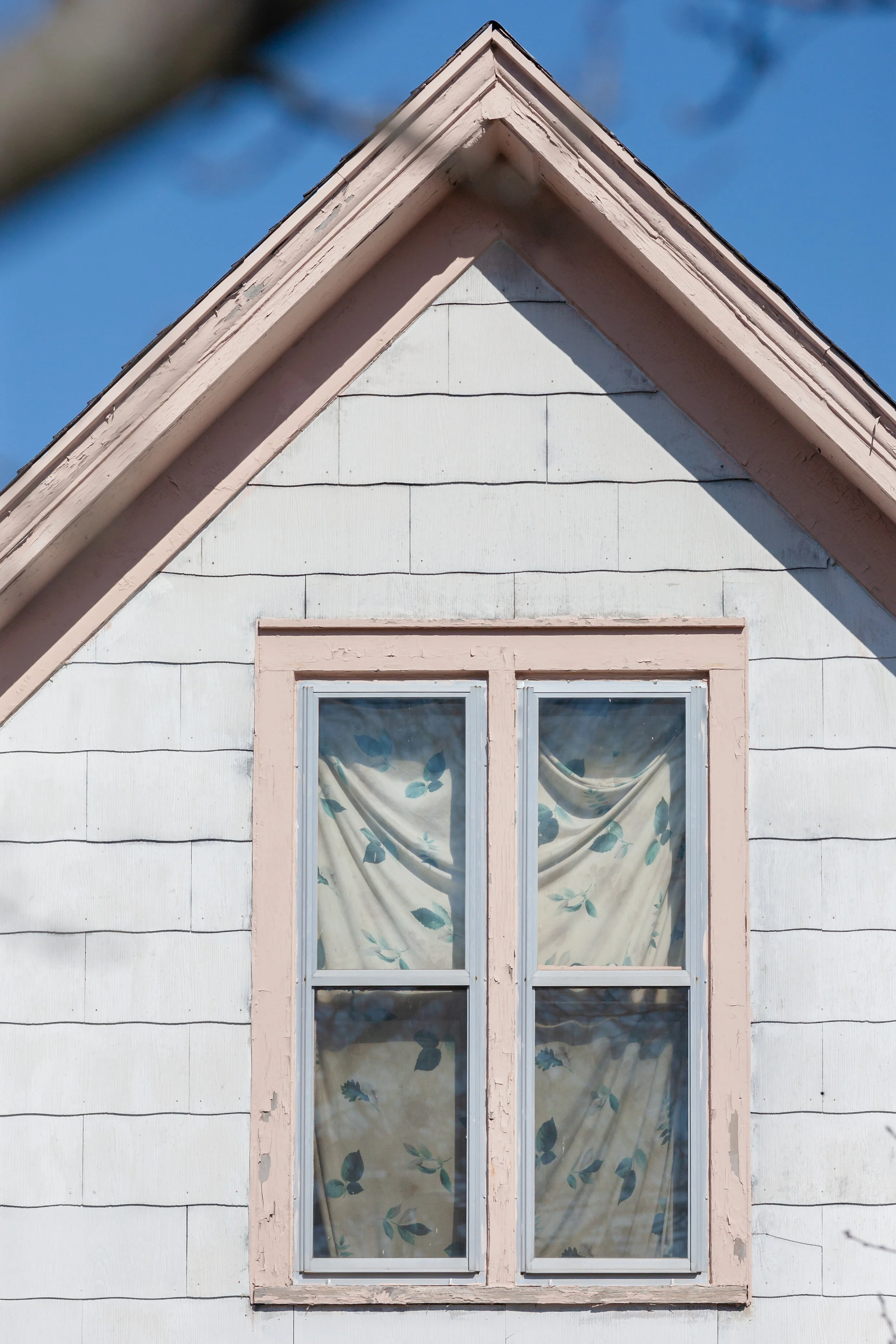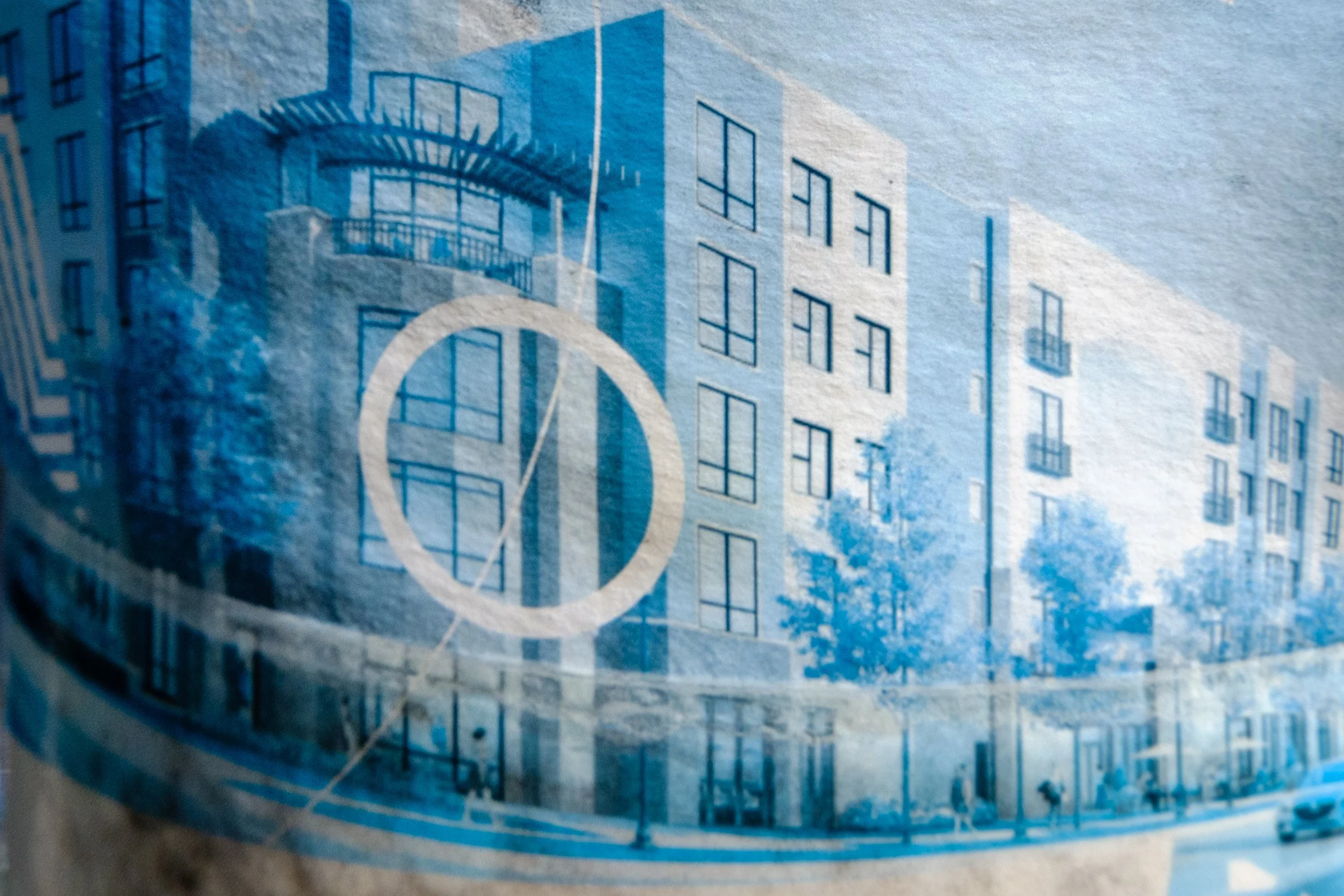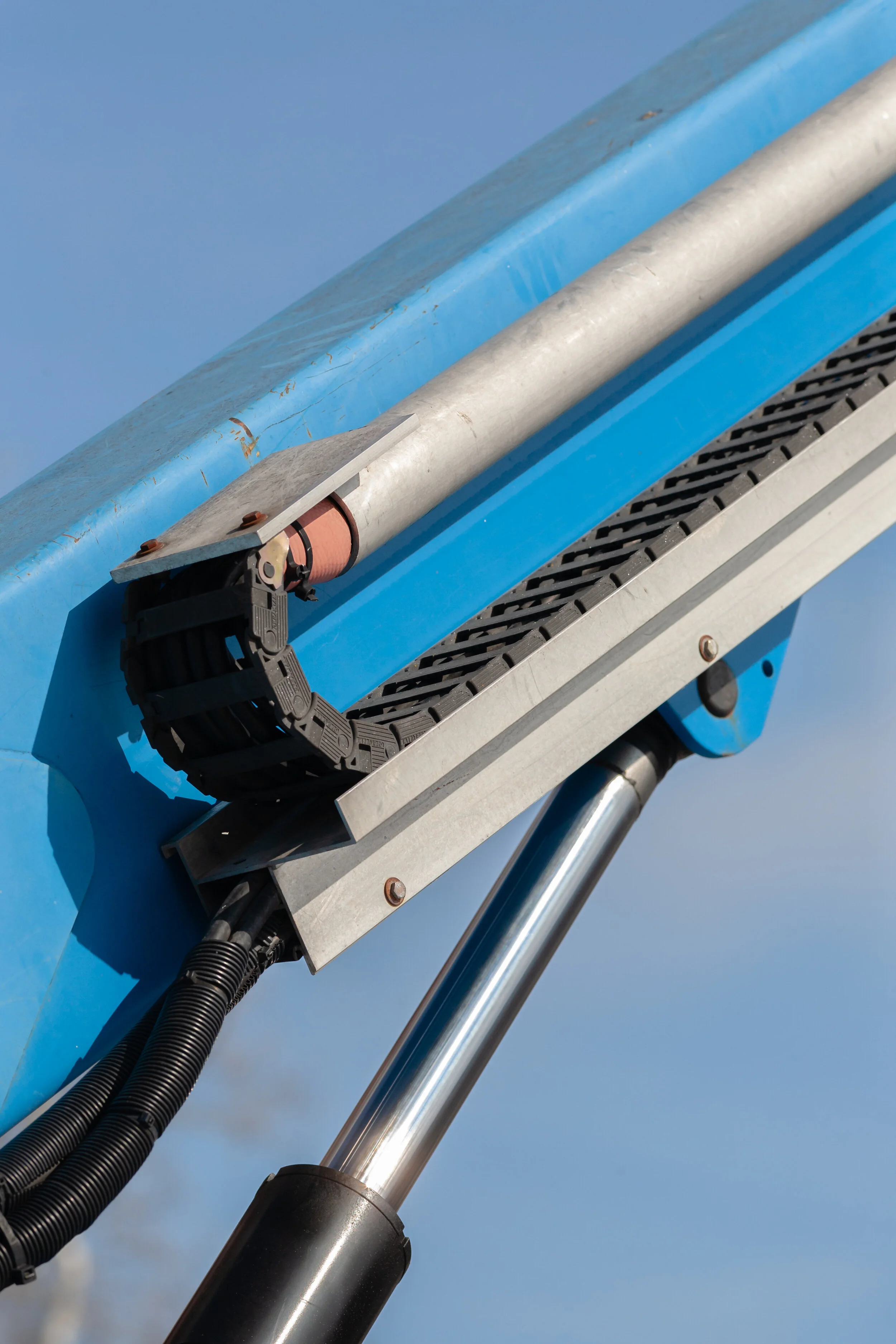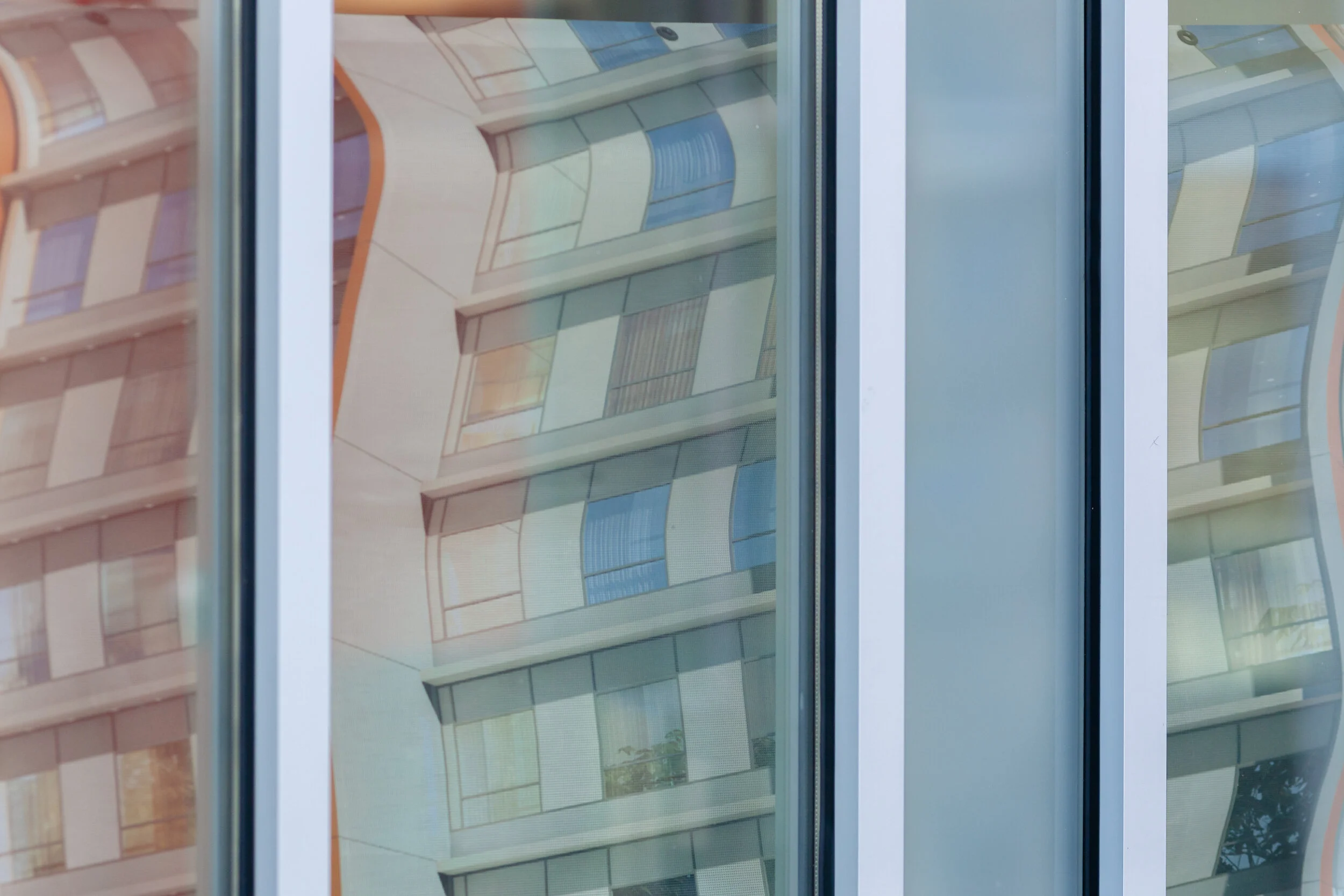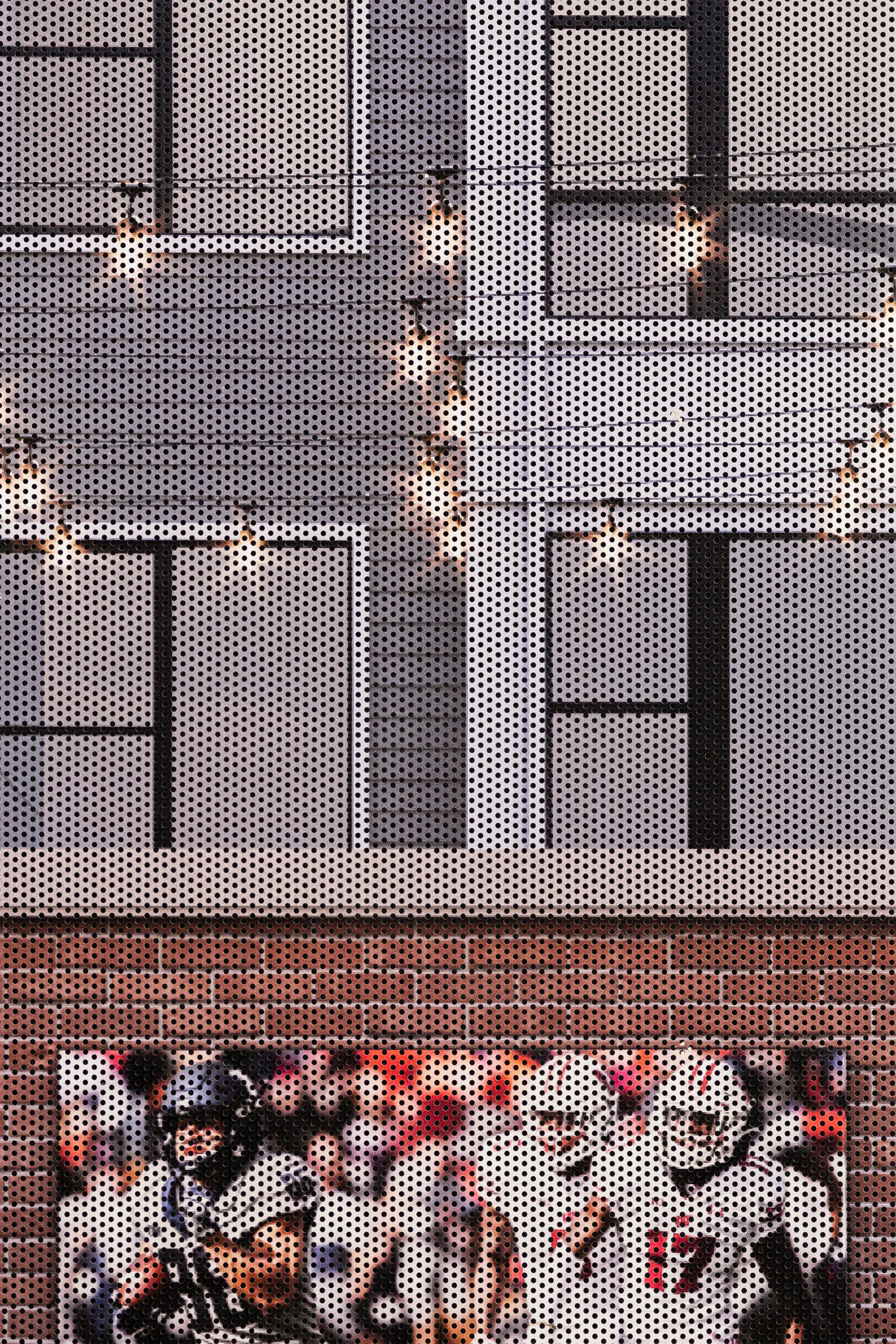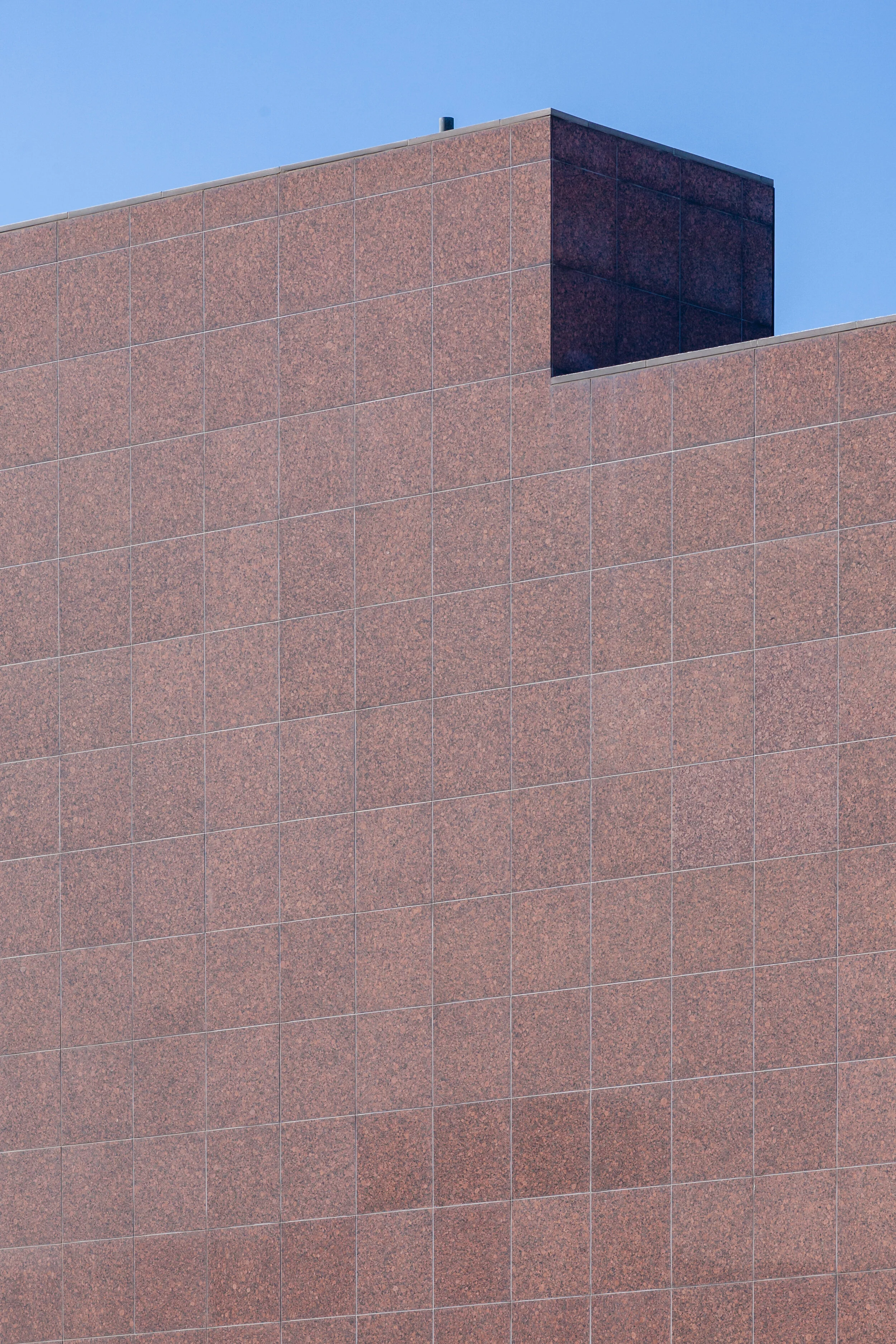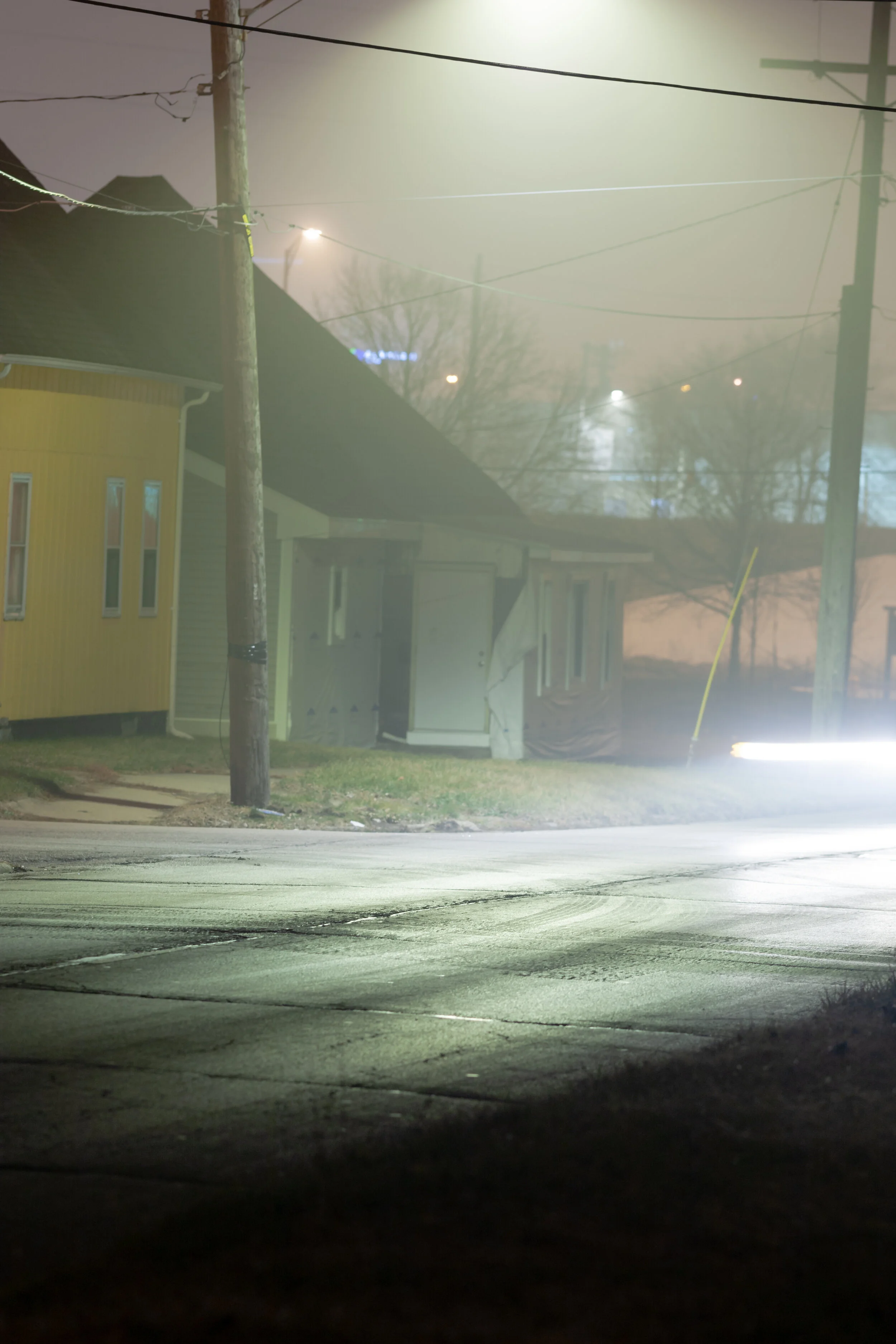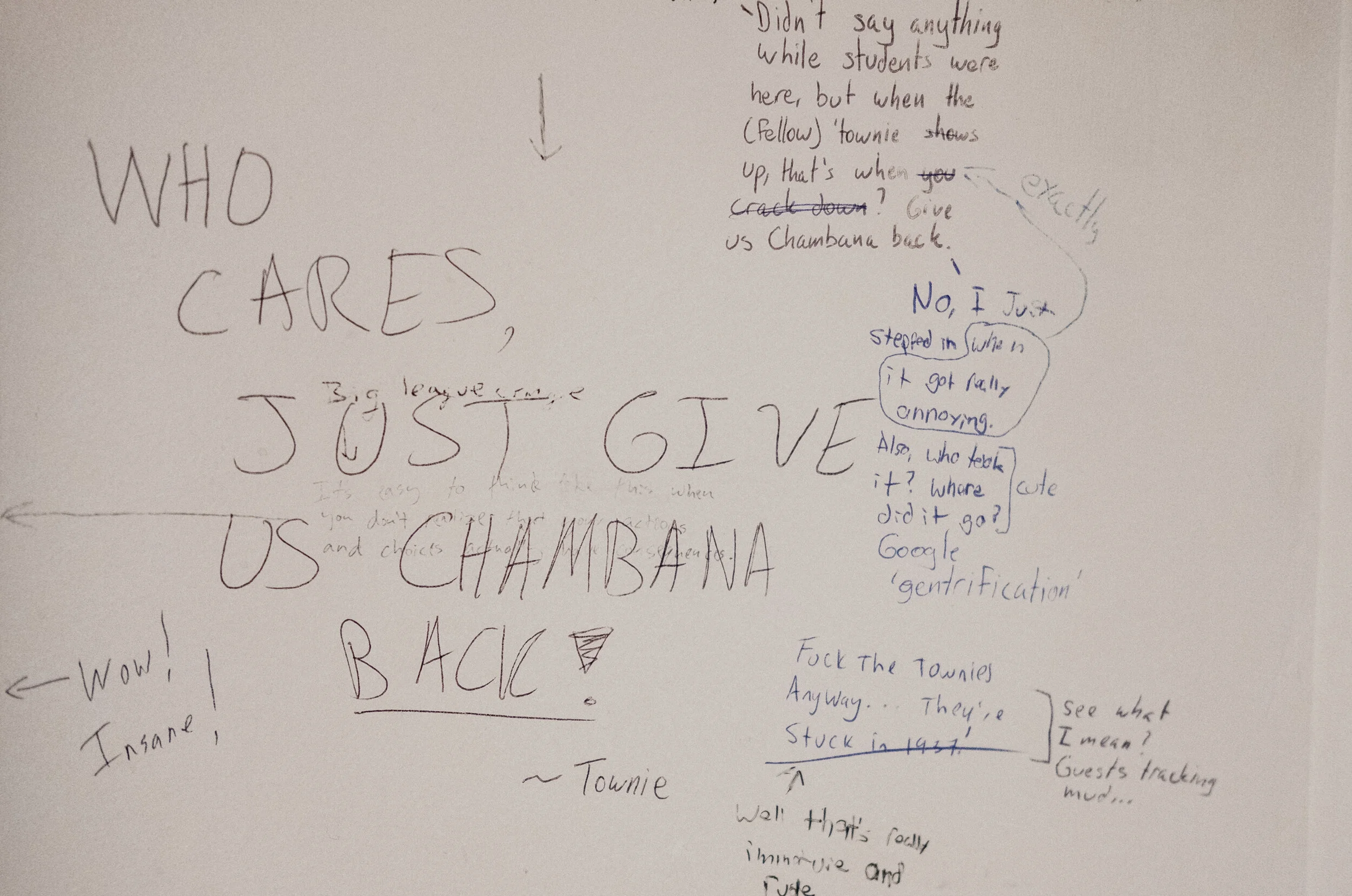Micro-urbanism
Project Description
Upon arriving in Champaign-Urbana, Illinois as a graduate student, I couldn’t help but notice profound physical and decidedly urban changes occurring in a place simultaneously attached to a rural identity. Walking the streets, I encountered an abundance of construction cranes, building materials, and the bright sheen of “modern” architecture standing in stark contrast to older brick-and-mortar infrastructure. The city’s promotional material now applies the moniker “micro-urban,” attracting new students and investment.
According to architect Jinhee Park, “as our cities rapidly densify it is undeniable that we now need new forms of urbanism to address new demands. Micro‐Urbanism offers radical flexibility within existing cities in the face of rapid change caused by political, economic, and cultural forces. It reformulates relationships between the essential elements of a city at a finer grain.”
My initial images of this project were made at night, because as a graduate student, I teach in the morning and go to my own classes and write later in the day. The more images I made, the more that I saw new structures and how they related to one another in terms of form and materials. As the project advanced, I incorporated images taken during the day, such as signage, people, and a variety of other subject matter. My ever-growing photographic archive therefore confronts the notion of “micro-urbanism” as a situation of the built-environment and ideology. In mobilizing photography as a preliminary means of critique, the images also attest to a condition of advanced capitalism in which , as Jean Baudrillard wrote: the viewer witnesses a “spectacular mélange of needs and satisfactions, the abundance of choice, and the festival of supply and demand whose effervescence can provide the illusion of culture.”
Project Outcomes
Featured in Smile Politely Magazine
Exhibited at Analog (Group show, July 6-18, 2019 in Urbana, Illinois)


